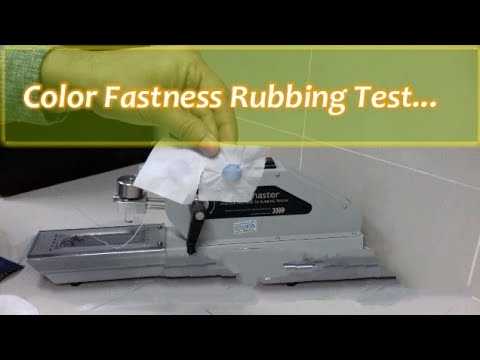How Does color fastness rubbing tester Work?
If you are in the textile industry, you may have heard of the color fastness rubbing tester. This is a device that measures how well a fabric can resist color fading or transferring when rubbed against another material. In this blog post, we will explain how this tester works and why it is important for quality control.
The color fastness rubbing tester consists of a circular rubbing head that moves back and forth over a sample of fabric. The rubbing head is covered with a white cotton cloth that acts as a rubbing medium. The tester can apply different levels of pressure and speed to simulate different rubbing conditions. The tester can also perform wet and dry rubbing tests.

The color fastness rubbing tester is used to evaluate the color fastness of dyed or printed fabrics. The color fastness is a measure of how well the color remains on the fabric after exposure to various factors, such as rubbing, washing, sunlight, etc. The color fastness is important for ensuring the durability and appearance of the fabric.
The color fastness rubbing tester can help textile manufacturers and buyers to check the quality of their fabrics and avoid customer complaints or returns. The tester can also help them to comply with international standards and regulations for textile products. The tester can provide reliable and accurate results in a short time and with minimal sample consumption.
The color fastness rubbing tester is a useful tool for anyone who works with fabrics and cares about their color quality. If you want to learn more about this tester or other textile testing equipment, please contact us today. We are happy to answer your questions and provide you with the best solutions for your needs.

